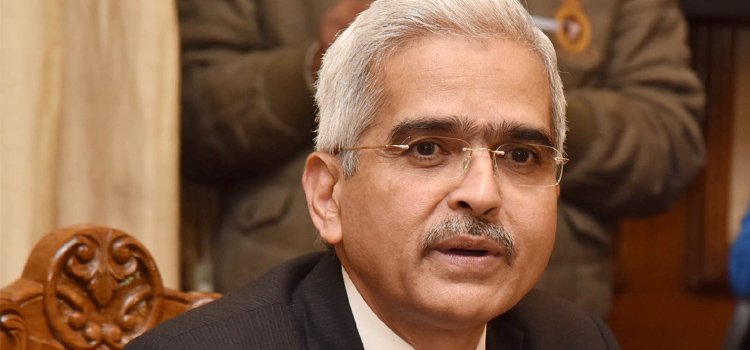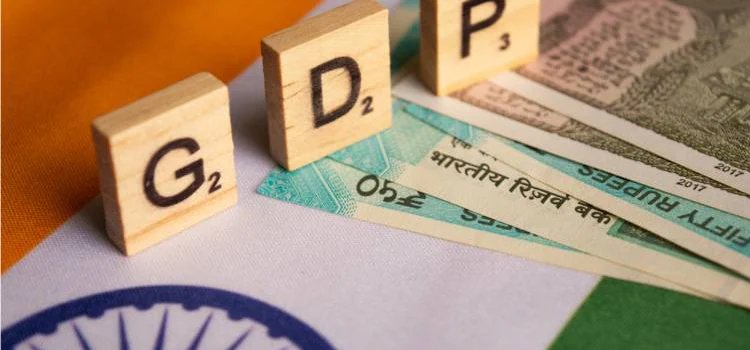ECONOMY
RBI keeps Repo, Reverse Repo rates unchanged at 4% & 3.5% respectively
- IBJ Bureau
- Oct 08, 2021

Amid uneven growth recovery and concerns over a spike in inflation, the Monetary Policy Committee (MPC) of the Reserve Bank of India (RBI) on Friday chose to maintain a status quo on key rates. It also continued with its accommodative stance to support growth.
“The MPC voted unanimously to maintain status-quo about policy Repo Rate and by a majority of 5:1 to maintain the accommodative stance,” said RBI Governor Shaktikanta Das, who chaired the MPC. Mr Das added that the stance remained accommodative to revive and maintain growth.
The Repo Rate stands at 4 per cent and the Reverse Repo Rate at 3.35 per cent. The Marginal Standing Facility (MSF) rate and the Bank Rate remain unchanged at 4.25 per cent.
The six-member MPC had held its bi-monthly monetary policy meeting between October 6 and October 8.
The RBI had last cut the Repo Rate by 40 basis points in May 2020 but has maintained the status quo on the rates since then.
The central bank’s projection for real GDP growth was retained at 9.5 per cent for FY22. This consists of 7.9 per cent in Q2, 6.8 per cent in Q3 and 6.1 percent in Q4 of 2021-22. The real GDP growth for Q1 of FY23 is projected at 17.2 per cent.
The central bank lowered its FY22 Consumer Price Index (CPI) inflation target to 5.3 per cent from the earlier 5.7 per cent. It also estimated the July-September CPI inflation at 5.1 per cent compared to the 5.9 earlier. The October-December CPI inflation was estimated at 4.5 per cent compared to the 5.3 per cent earlier.
The RBI governor also said that India was in a much better place in October than in April, when the last MPC meeting had been held. Growth impulses were strengthening, and inflation trajectory was more favourable than expected, he added.
Mr Das dropped ample hints on unwinding of the exceptional liquidity measures announced over the last one-and-a-half years, stating that the process had to be gradual, calibrated and non-disruptive, while remaining supportive of the economic recovery.
























Report By
View Reporter News